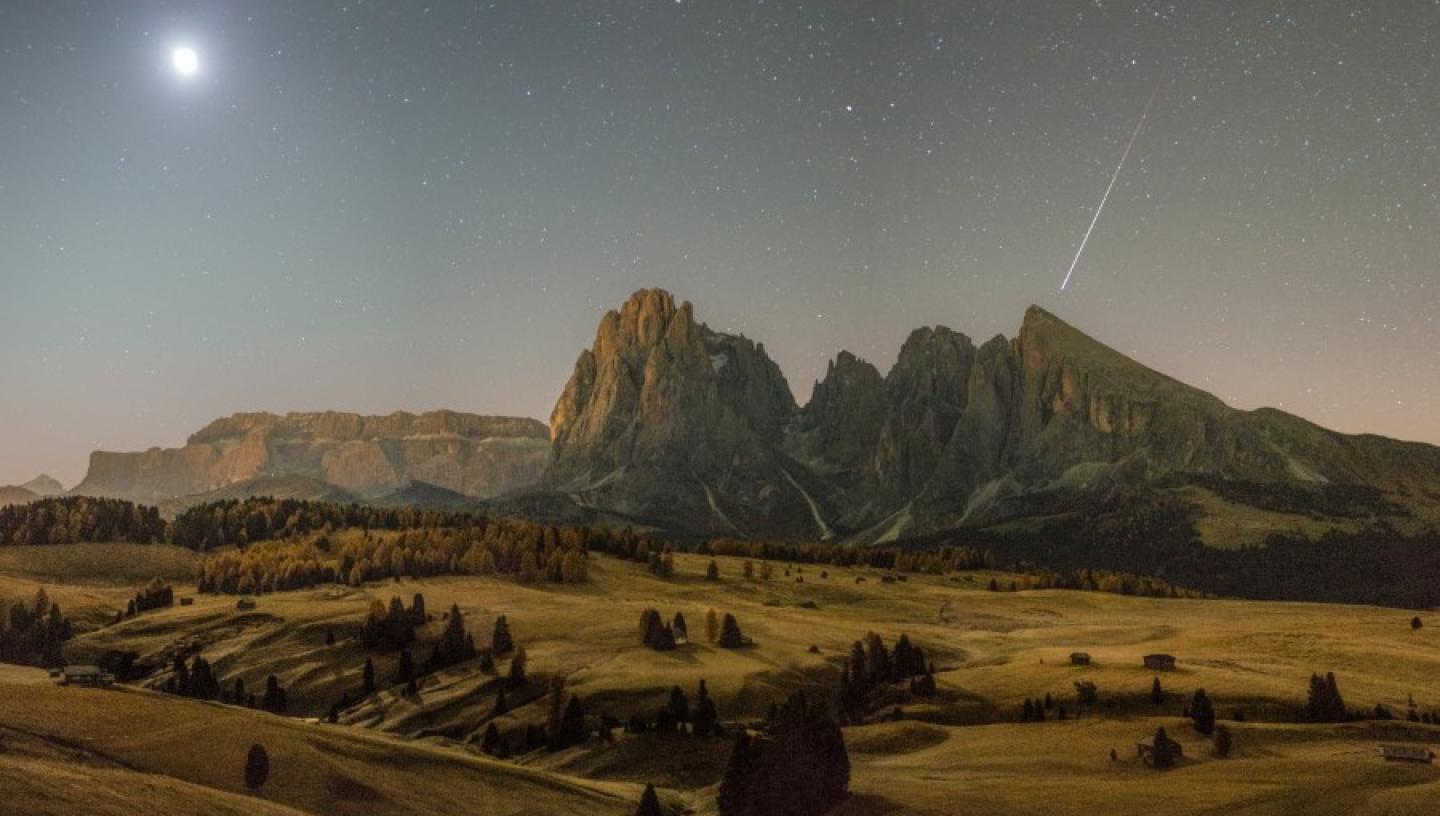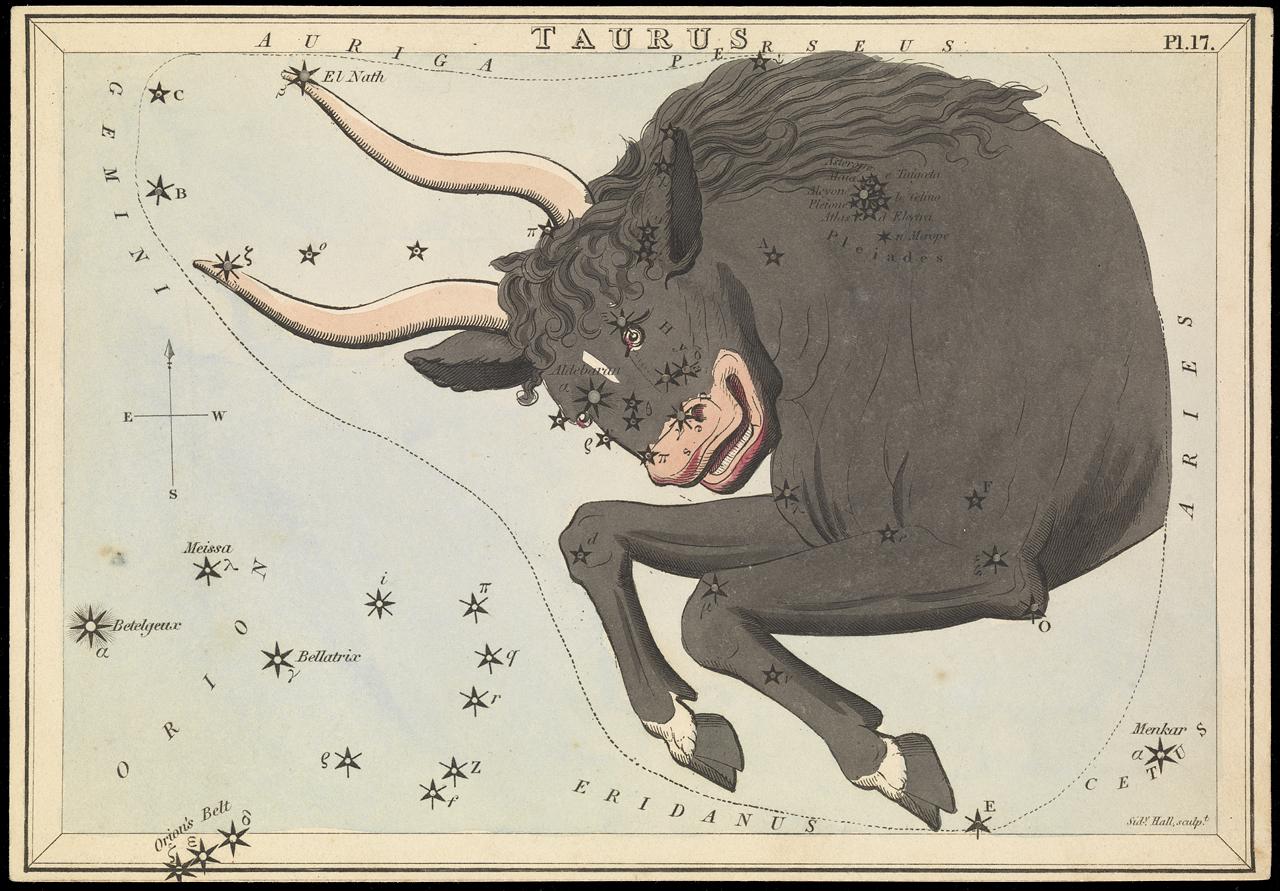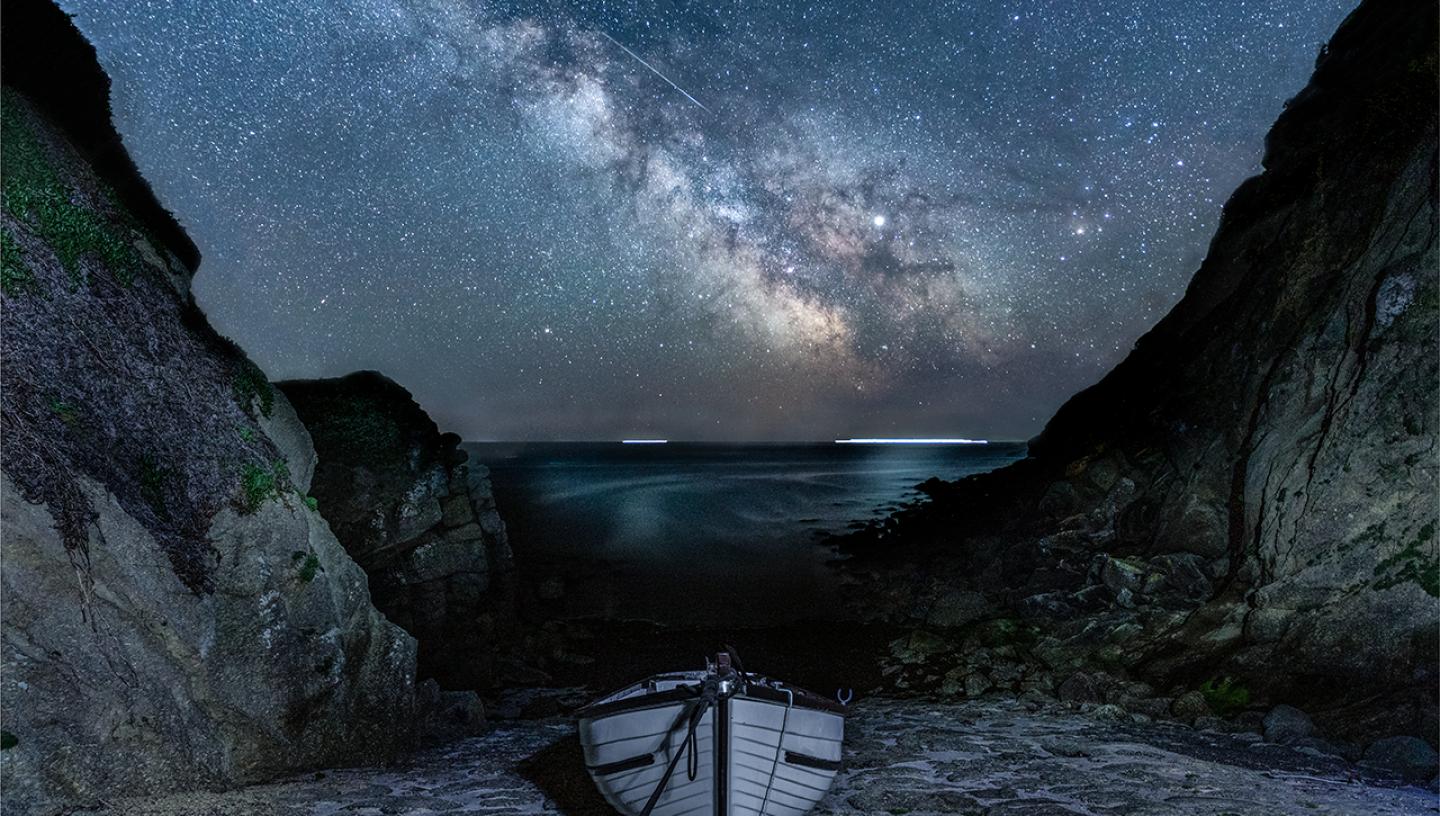
The Taurids are a slow and long-lasting meteor shower, occurring every year from late October and through November.
Even at their peak, the Taurids are not particularly frequent, but they do provide a sprinkling throughout the two months.
In 2025, the Southern Taurid meteor shower will be active between 10 September and 20 November, peaking on 10 October.
The Northern Taurids will be active between 20 October and 10 December, peaking 12 November.
What is the Taurid meteor shower?
Meteor showers are caused when the Earth travels through a cloud of cometary debris. In this case, the Taurid meteor shower is caused by the Earth ploughing through debris left behind by Comet Encke.
The comet stream is very spread out and dispersed, which is why it takes the Earth a relatively long time to pass through.
It is also why we see two separate segments of the shower: the Southern Taurids (10 September - 20 November) and the Northern Taurids (20 October – 10 December). The Northern and Southern Taurids are two fragments of the same debris cloud and they are similar in density, so the peaks are about the same.
Find out the difference between an asteroid, a comet, a meteor, and a meteorite.
When is the Taurid meteor shower?
The Taurids occur in autumn each year.
| SHOWER NAME | DATE OF MAXIMUM | NORMAL LIMITS | RATE/HOUR | DESCRIPTION |
|---|---|---|---|---|
| Taurids | Southern: 10 October Northern: 12 November | Southern: 10 September - 20 November Northern: 20 October - 10 December | 5 | Relatively slow and bright meteors
|
Find out more about other meteors and meteorites around the year.
Where can I see the Taurid meteor shower?
Meteor showers are best seen with a good, clear view of the stars on a night with no clouds.
Try to find somewhere with dark skies, an unobstructed horizon and very little light pollution. The Taurids are not particularly dramatic - so you could use this as a chance to familiarise yourself with the night sky. Perhaps you'll catch a lucky shooting star while you're out there.
Make sure there are no direct sources of light in your eyes, so that you can fully adapt to the local conditions and ensure that fainter meteors become visible. There’s no advantage to using binoculars or a telescope; just look up with your own eyes to take in the widest possible view of the sky.
In 2025, the maximum of the Southern Taurid shower will occur on 10 November when the Moon is waning gibbous, meaning it will cause some natural light pollution that will affect your ability to see fainter meteors.
Meanwhile, the maximum of the Northern Taurid shower will occur on 12 November when the Moon is in its last quarter phase, so viewing conditions won't be ideal on the peak.
Hunting for meteors, like the rest of astronomy, is a waiting game, so it's best to bring a comfy chair to sit on and to wrap up warm as you could be outside for a while. They can be seen with the naked eye so there's no need for binoculars or a telescope, though you will need to allow your eyes to adjust to the dark.
Taurids facts

- If you trace the path that the meteors take, they seem to originate from a point in the constellation of Taurus - hence the name.
- Because of their occurrence in late October and early November, they are also called Halloween fireballs.
- Encke and the Taurids are believed to be remnants of a much larger comet, which has disintegrated over the past 20,000 to 30,000 years.
- The Taurids are a relatively slow shower, moving across the sky at about 17 miles per second or 65,000 miles per hour.
Header image: Great Autumn Morning by Fabian Dalpiaz
